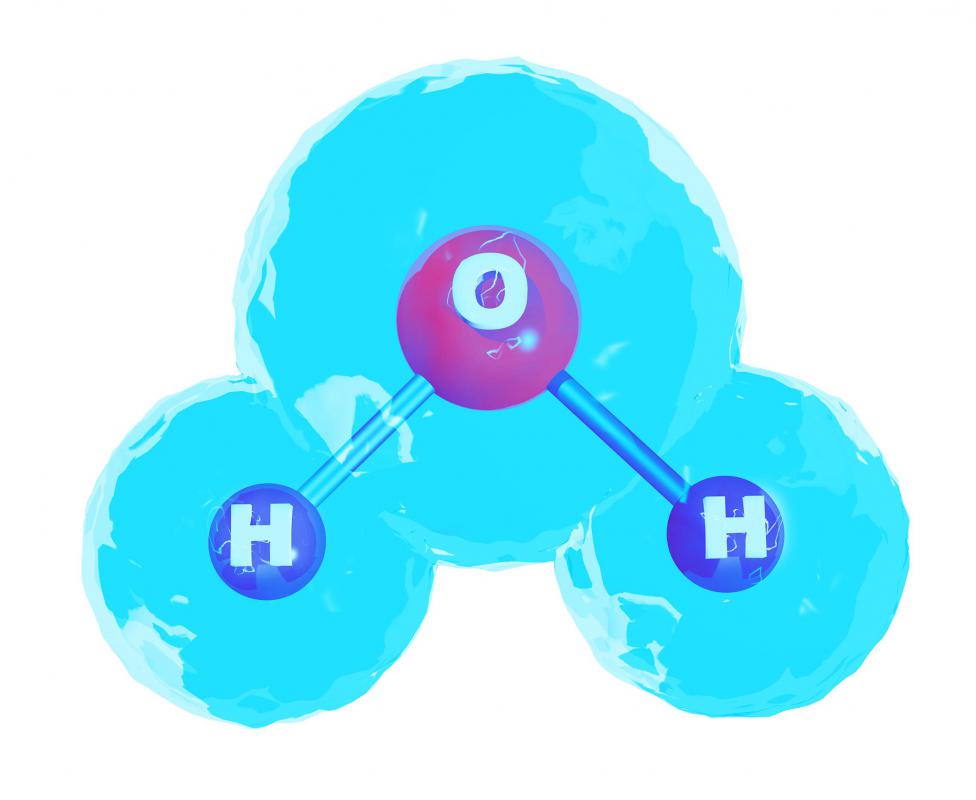At WiseGEEK, we're committed to delivering accurate, trustworthy information. Our expert-authored content is rigorously fact-checked and sourced from credible authorities. Discover how we uphold the highest standards in providing you with reliable knowledge.
What Is an Electron Transport Chain?
The electron transport chain is a series of proteins embedded in cell mitochondria that transfers energy from organic substrates by oxidation-reduction reactions. These oxidation-reduction reactions shuttle hydrogen ions (protons) and electrons down the chain, along with the energy they hold. Aerobic respiration and energy production takes place in the mitochondria of cells, and the transport chain is the final step in that process. This is where the most energy-rich molecules are generated. The energy moved by the chain is stored in molecules of adenosine triphosphate, or ATP, which is the human body's cellular source of energy.
Much of the ATP created by the electron transport chain is made by a chemiosmotic gradient, an area in which high concentrations of hydrogen ions give way to lower concentrations. The chain aids in production of this gradient, although other cellular processes contribute to and maintain it. An enzyme called ATP synthase is embedded in the mitochondrial membranes, and the pumping of hydrogen ions through the enzyme spurs it to build ATP. This can be found at varying points along the electron transport chain, not just at the end, further augmenting its efficiency.

Oxidation-reduction reactions in the electron transport chain occur one after the other. An oxidation is always followed by a reduction, which is then followed by another oxidation. Electrons are taken away from a molecule in an oxidation reaction, and added to a molecule in a reduction reaction. Put another way, a molecule's charge is increased in an oxidation reaction, and decreased in a reduction reaction. The final molecule in the chain is an oxygen molecule, which acts as an electron acceptor and clears away electrons and protons by binding with them into water molecules.

The inner membrane of the mitochondria provides a two-dimensional surface for the electron transport chain to function on, and the chain's protein components are not fixed in place. All of the components can move around within the membrane, and there are many copies of each component in any given area. Since they move around in two-dimensional space, there is a higher chance that any given component of the chain will successfully interact with the next molecule in the chain. The chain component molecules are all embedded throughout the mitochondrial membrane; there is no explicit directional flow of energy. This dynamic and flexible orientation allows for maximum efficiency, utilizing as much of the membrane surface area as possible.
AS FEATURED ON:
AS FEATURED ON:












Discussion Comments
@hamje32 - I don’t know much about the dietary impact on the process. I do believe, however, that exercise is important, in terms of getting oxygen flow throughout the body. Aerobic exercise in particular does increase energy levels so perhaps this is a result of increased oxygen production in the electron transport chain.
The electron transport chain is vital in transporting energy, so it would seem. I am curious about this because someone mentioned that certain foods or minerals can assist the electron transport chain.
I was told that if you were deficient in iron, for example, that such a condition would inhibit this energy transfer. That’s why if you are iron deficient you can feel weak and fatigued, because your body is not getting the energy that it needs.
As a result I choose to supplement my diet not only with iron supplements, but also with iron rich foods such as dark green vegetables, beans, liver, artichokes and red meat in moderation.
Post your comments